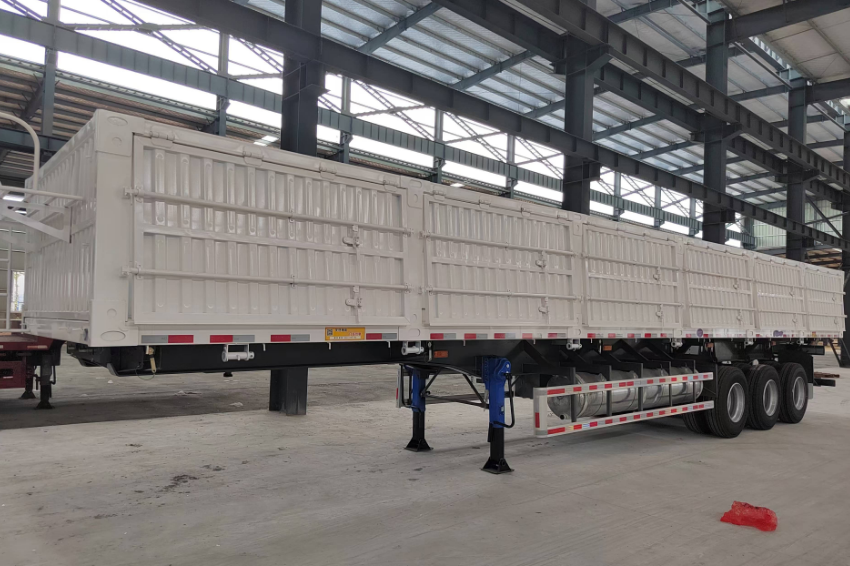Traveling with meat can be a daunting task, especially when it comes to maintaining its freshness and safety. Whether you're embarking on a road trip, camping adventure, or a long-distance move, knowing how to keep meat frozen in a cooler is essential for preserving its quality and preventing foodborne illnesses. In this comprehensive guide, we will explore advanced techniques and best practices to ensure your meat stays frozen and safe throughout your journey.
Understanding the Science of Freezing Meat
Before diving into practical tips, it's crucial to understand the science behind freezing meat. When meat is frozen, the water inside its cells forms ice crystals, which can damage cell walls if not done correctly. This is why rapid freezing is preferred, as it minimizes the size of ice crystals and helps maintain the meat's texture and flavor.
Selecting the Right Cooler
The first step in keeping meat frozen while traveling is choosing an appropriate cooler. Here are some key factors to consider:
- Insulation Quality: Look for coolers with thick walls and high-quality insulation. Rotomolded coolers are particularly effective at maintaining low temperatures for extended periods.
- Size and Capacity: Ensure the cooler is large enough to accommodate your meat and ice packs without overcrowding, which can hinder airflow.
- Seal Integrity: A good cooler should have a tight-fitting lid to prevent warm air from entering and cold air from escaping.
Preparing Meat for Travel
Proper preparation of meat before placing it in the cooler is vital for maintaining its frozen state:
- Pre-Freeze: If possible, freeze the meat before your trip. This will give it a head start in staying frozen during transit.
- Vacuum Sealing: Vacuum-sealing meat not only prevents freezer burn but also reduces the amount of air in contact with the meat, which can help maintain its temperature.
- Portion Control: Divide larger cuts of meat into smaller portions. This allows for quicker freezing and thawing, making it easier to manage during your travels.
Packing Techniques for Optimal Freezing
How you pack your cooler can significantly affect the temperature stability. Here are some advanced packing techniques:
- Layering: Start with a layer of ice or ice packs at the bottom of the cooler. Place the meat on top, followed by another layer of ice. This creates a cold barrier that helps maintain a low temperature.
- Use of Dry Ice: For extended trips, consider using dry ice. It can keep meat frozen for several days, but handle it with care and ensure proper ventilation in the cooler to avoid carbon dioxide buildup.
- Minimize Air Space: Fill any gaps in the cooler with additional ice or ice packs. The less air in the cooler, the better it will maintain its temperature.
Monitoring Temperature
Maintaining the right temperature is crucial for meat safety. Here are some strategies to monitor and manage the cooler's temperature:
- Thermometers: Invest in a reliable cooler thermometer to regularly check the internal temperature. The ideal temperature for frozen meat is 0°F (-18°C) or lower.
- Limit Opening: Try to minimize the number of times you open the cooler. Each time the lid is opened, warm air enters, raising the internal temperature.
- Cooler Location: Keep the cooler in a shaded area of your vehicle, away from direct sunlight. If possible, use reflective covers to further insulate it from heat.
Safe Handling Practices
Even with the best preparation, safe handling practices are essential to prevent contamination:
- Cleanliness: Ensure that all surfaces and utensils used for handling meat are clean and sanitized.
- Separation: Keep raw meat separate from other food items to avoid cross-contamination.
- Thawing: If you need to thaw meat during your trip, do so in a refrigerator or cooler, never at room temperature, to prevent bacterial growth.
Conclusion
Traveling with meat doesn't have to be a stressful experience. By understanding the science of freezing, selecting the right cooler, preparing meat properly, employing effective packing techniques, monitoring temperatures, and practicing safe handling, you can ensure that your meat remains frozen and safe throughout your journey. With these advanced strategies, you can enjoy your travels without compromising on the quality and safety of your food. Happy travels and bon appétit!



